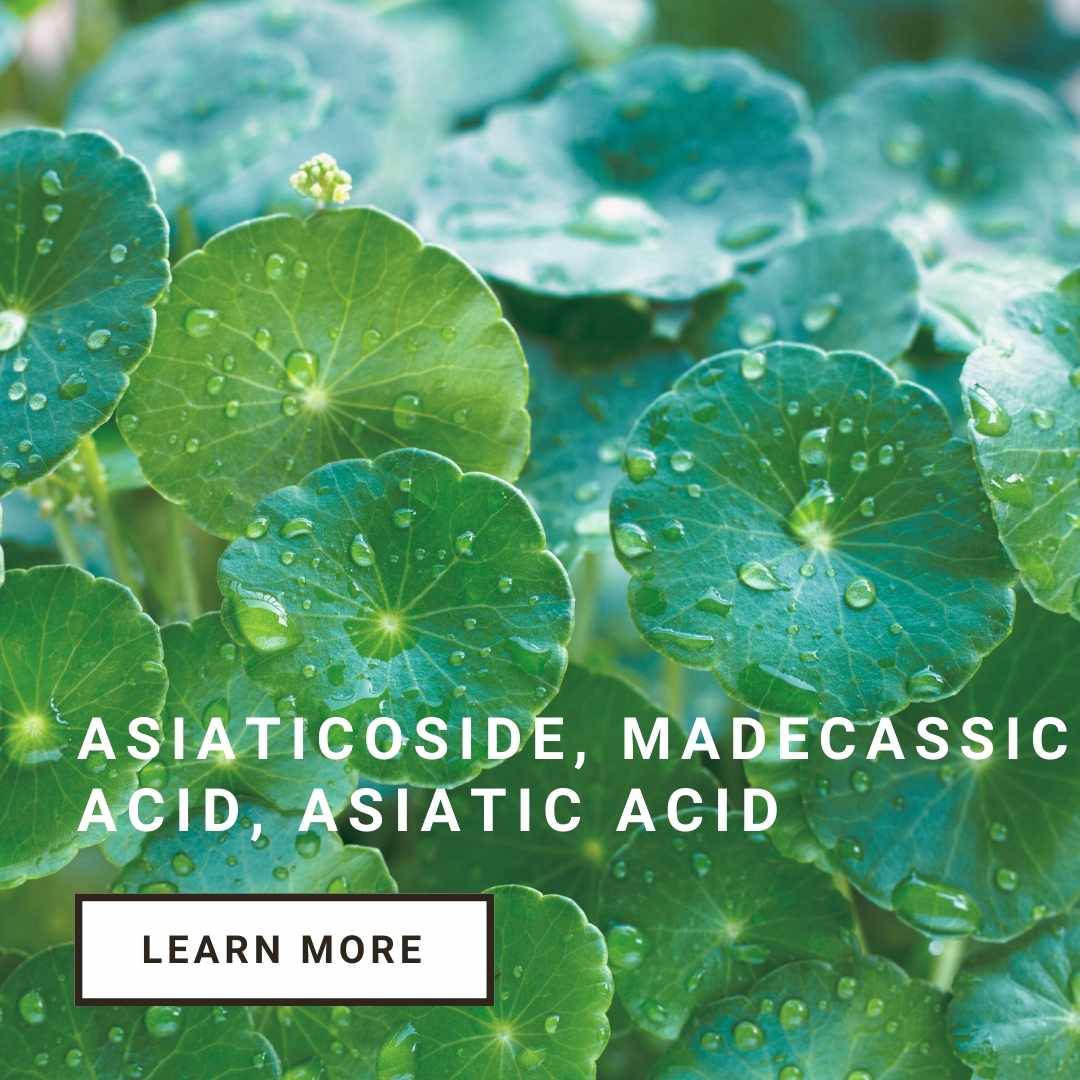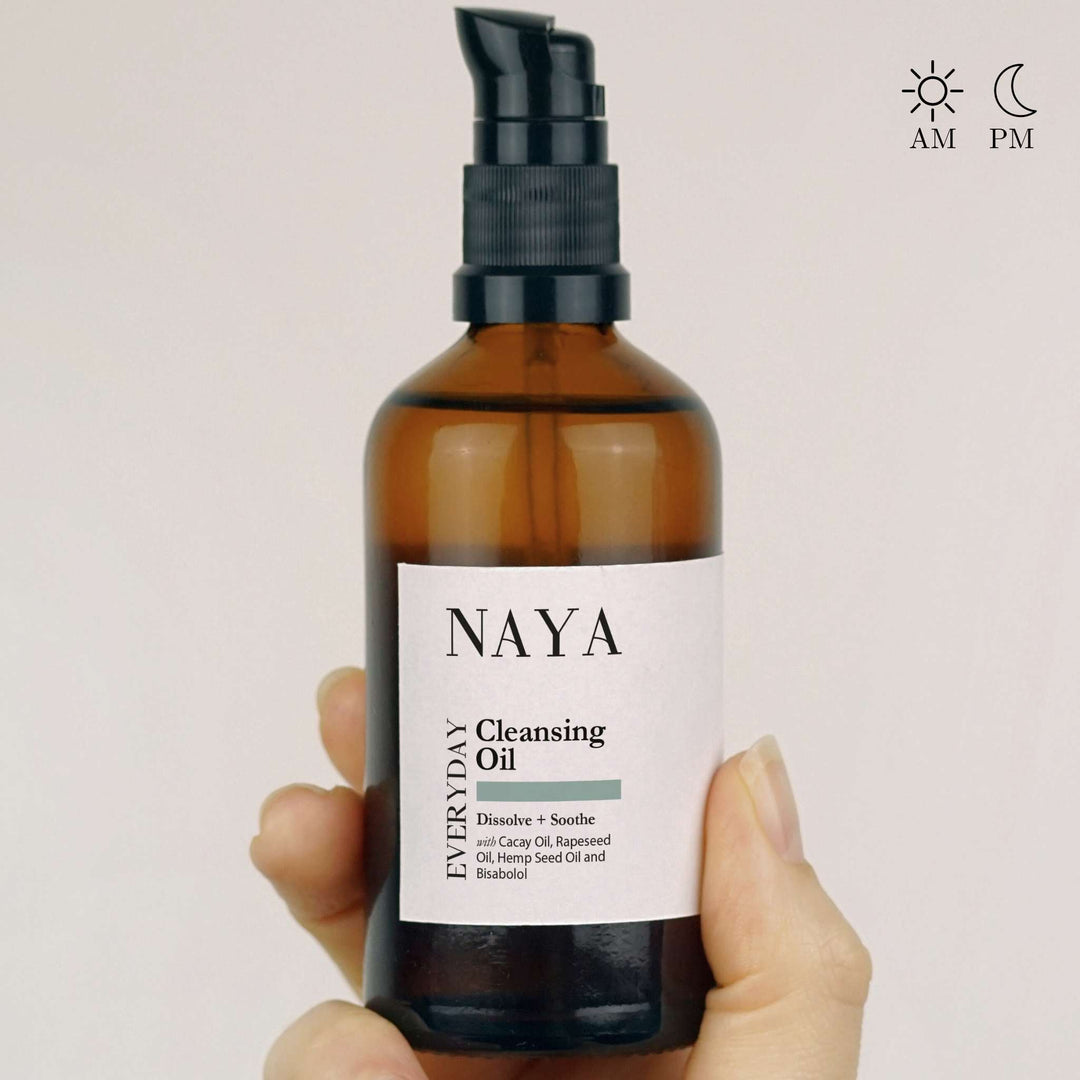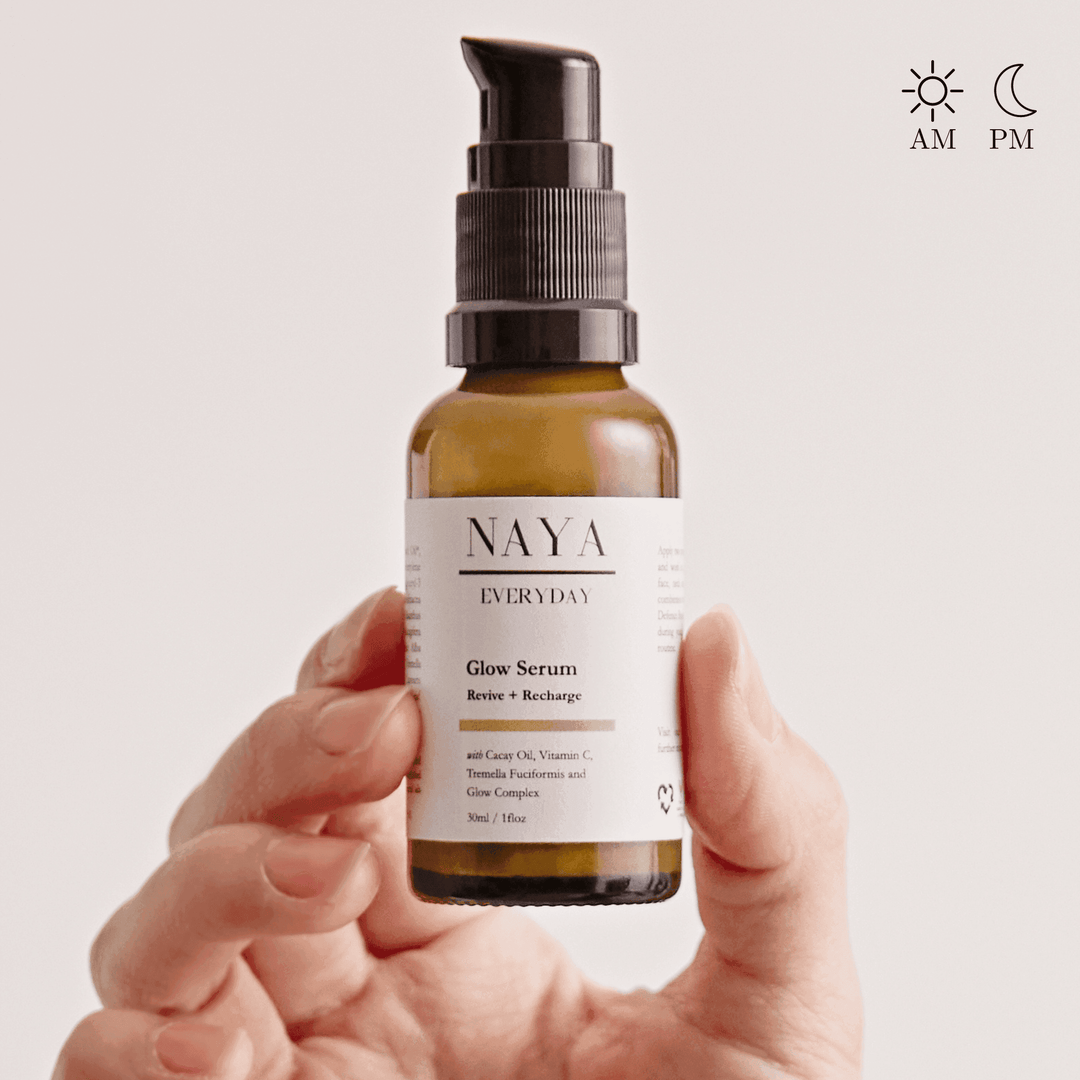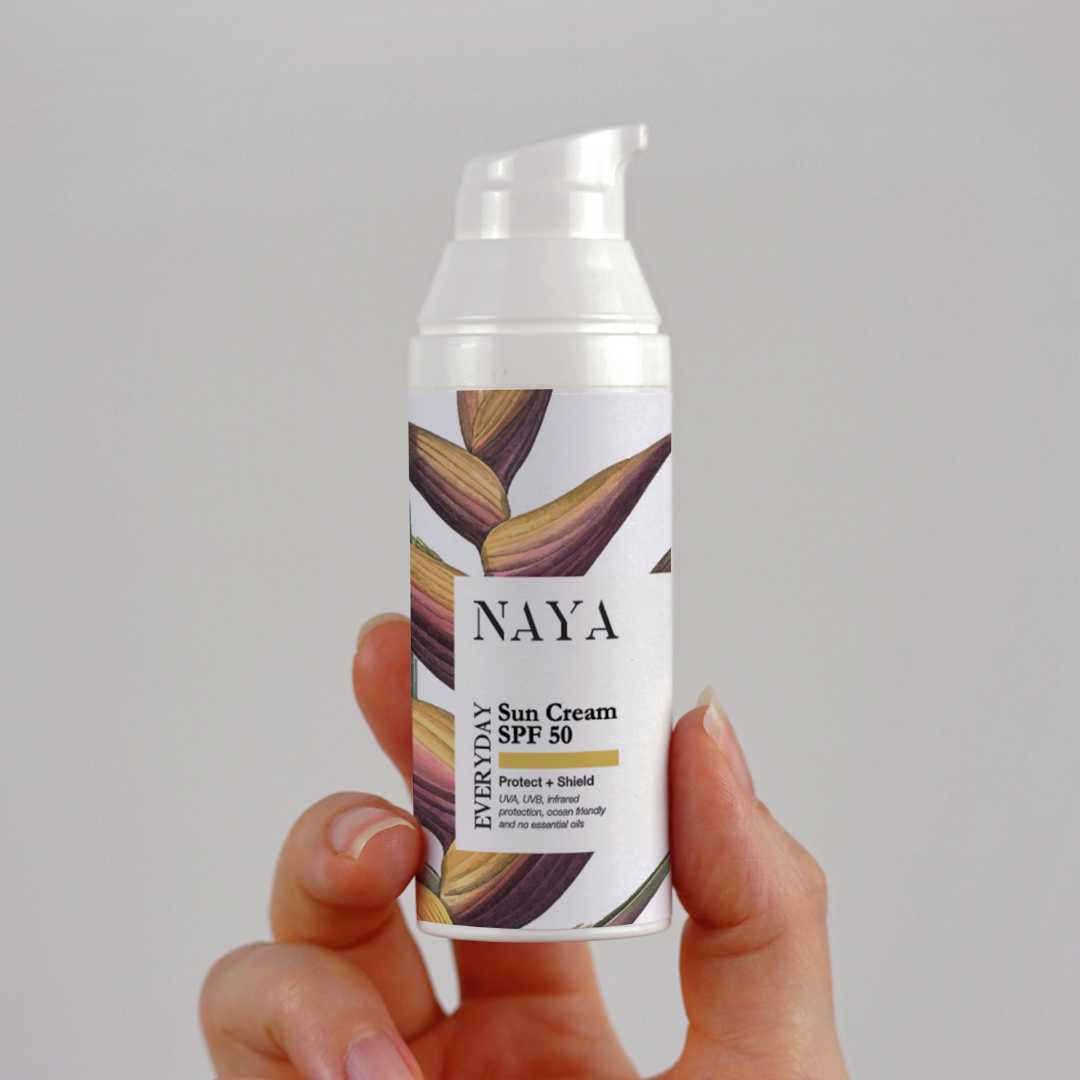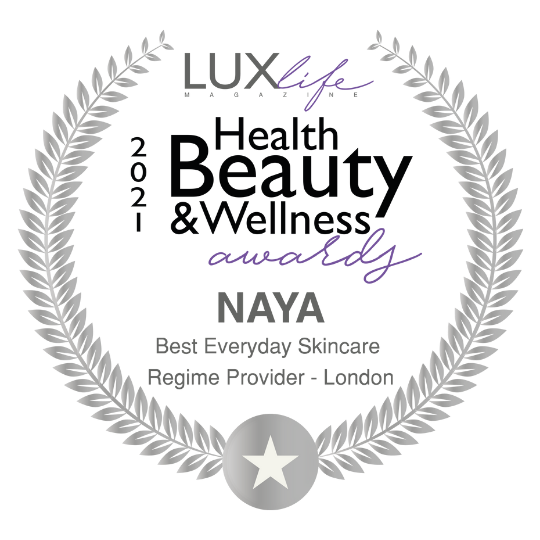

RosēaCalm Cream
CLINICAL RESULTS
100%
experienced decreased skin inflammation
within 1 Minute
100% felt their skin was calm and soothed
100%
experienced a more even skin tone
RosēaCalm Cream
HOW TO USE
☼ Apply a hazelnut size of RosēaCalm onto the palm of your hand. Massage into the skin using firm, patting, sweeping motions to the face, neck and décolletage.
☾ Repeat steps in the evening. If you require more lipids add a couple of drops of one of our Face Oils onto RosēaCalm in the palm of your end; mix together before applying onto your skin. Never rub Face Oils onto your skin. Always press Face Oils onto your skin.
Sarah's Tip: "Pair RosēaCalm with Aura and protect your skin from the sun using an SPF throughout the day. Apply it as your final step to seal in calming hydration — especially after spending time outdoors or during hormonal flare-ups."
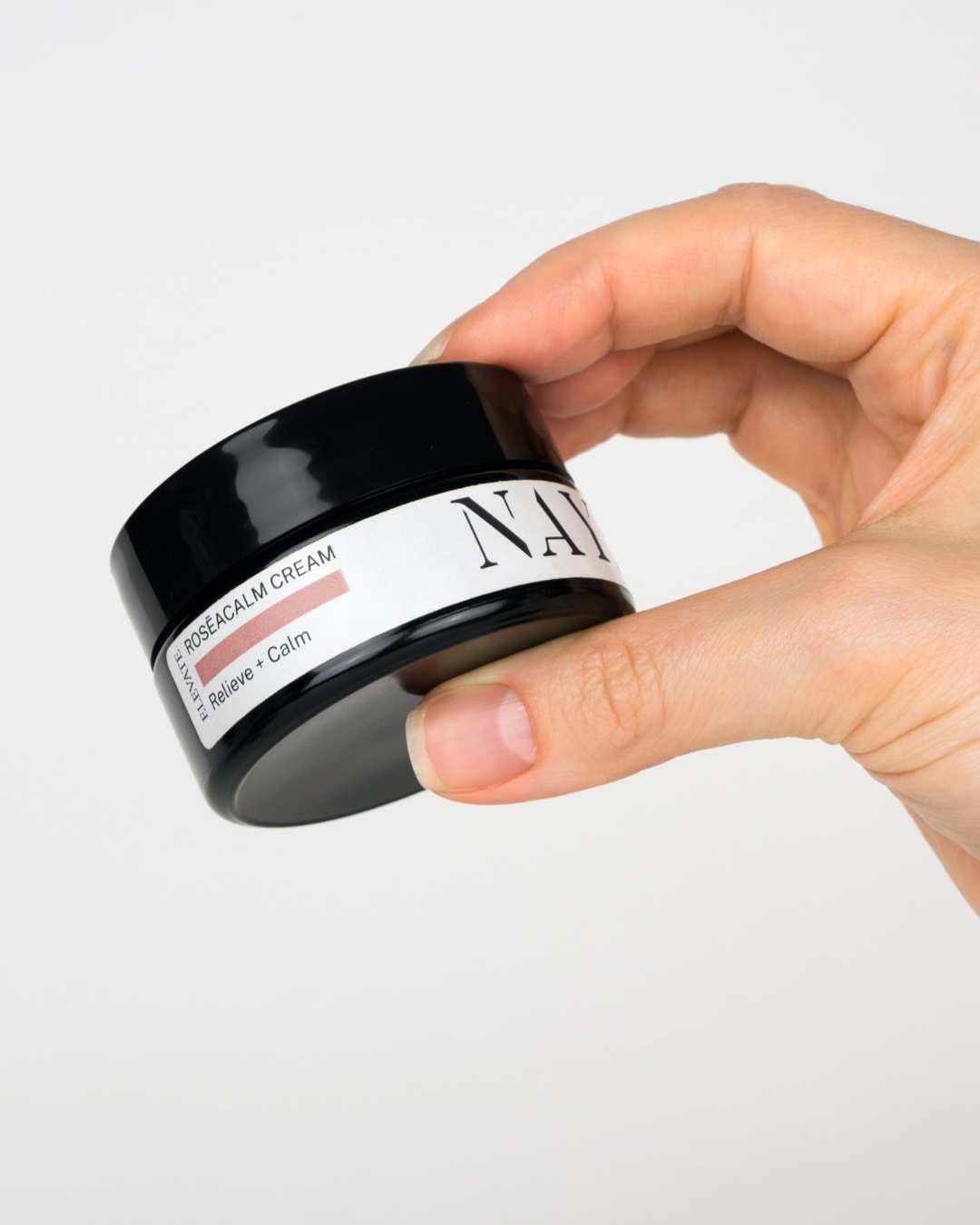
WHAT IT IS
Our Ultra-Clean Standard
We go beyond the highest European standards, removing 2,200 harmful ingredients to ensure the purest, safest formulas for your skin.

Elevate your everyday ritual
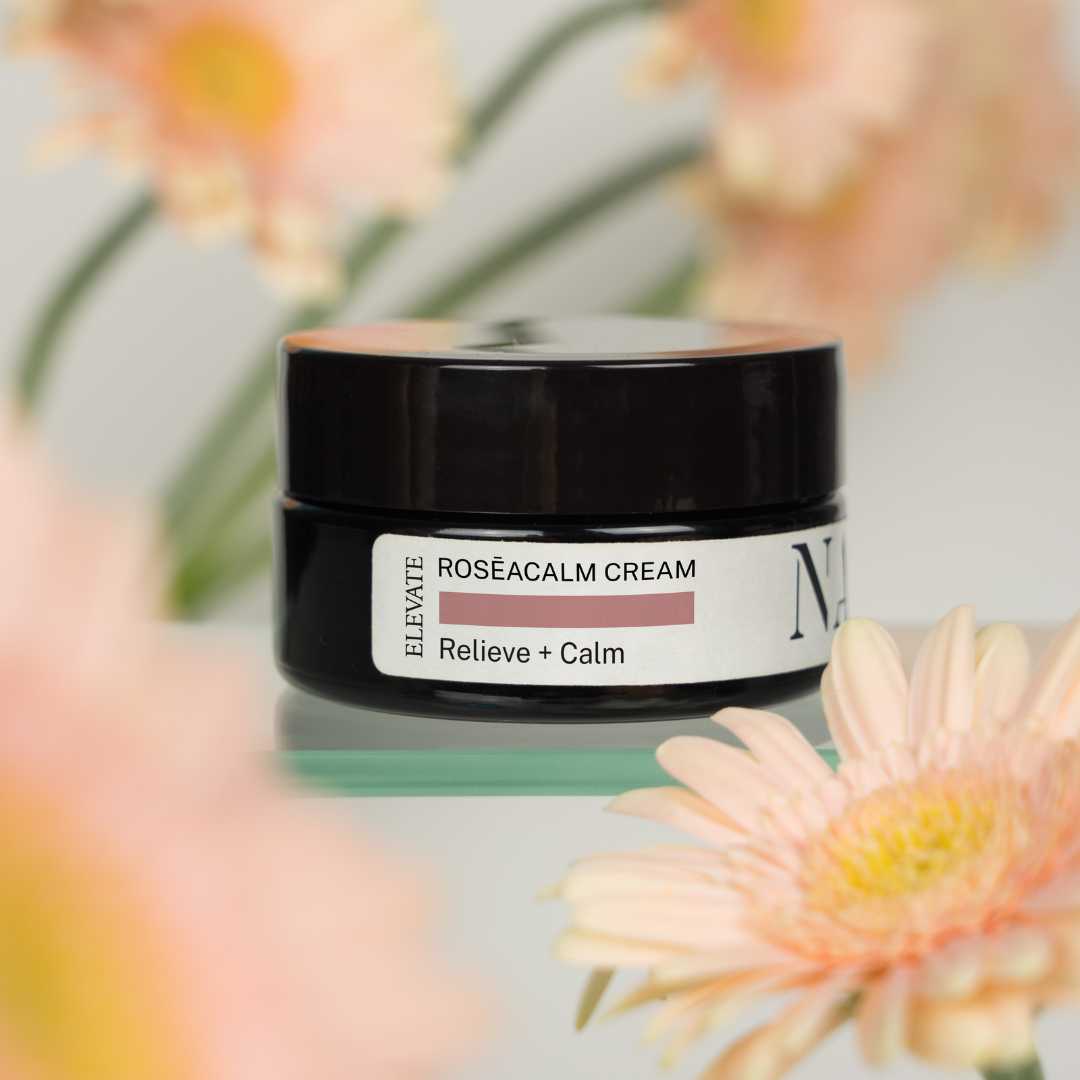
PERSONAL TIP FOR YOU
On days when your skin feels drier than usual and the RosēaCalm isn’t quite enough, simply mix 2–3 pumps of the cream with about 2–3 drops of cacay oil in the palm of your hand before applying it.
You can do the same when the temperatures drop outside and it gets really icy in winter, and your skin needs even more nourishment. Just drop 2-3 drops of cacay oil in the palm of your end and mix it with the RosēaCalm.
Any questions? Let us answer them
Absolutely. Yes you can.
Please take the product to your next doctor's appointment and follow your doctor's recommendation.
If you experience any discomfort or doubt while using the product, you should stop using it immediately.
Ideally not, as makeup can indeed trigger or worsen rosacea symptoms. Here’s why it happens and how to minimize the risk:
Why Makeup Triggers Rosacea:
1. Irritating Ingredients: Ingredients like alcohol, fragrance, menthol, and essential oils can irritate sensitive skin and cause flare-ups.
2. Heavy Formulas: Thick, occlusive makeup can trap heat and bacteria, exacerbating redness and inflammation.
3. Preservatives: Parabens and formaldehyde-releasing preservatives can further irritate rosacea-prone skin.
4. Physical Friction: Applying makeup with rough brushes or rubbing the skin too hard can aggravate symptoms.
5. Clogging Pores: Comedogenic ingredients can block pores, leading to breakouts and irritation.
Suggestion:
To calm your skin and manage the signs of rosacea, use RosēaCalm on its own rather than in combination with makeup. Apply RosēaCalm after your cleansing step on slightly damp skin. Alternatively, you can use it in combination with Aura Essence for enhanced skin comfort and hydration.
Our products are formulated to support your skin health and should not cause pilling on their own. However, in combination with certain makeup products as well as less superior skincare products, especially those with incompatible ingredients, pilling may occur. This is typically caused by the makeup itself, not our skincare.
Some makeup or even skincare formulas, especially those containing silicone-based ingredients, can cause pilling when layered over skincare products. Makeup formulas can sometimes be notoriously poorly formulated, and this can trigger pilling of our products, especially if the makeup contains:
1. Silicone-based ingredients (e.g., Dimethicone, Cyclopentasiloxane, etc.): These are often used in makeup for a smooth finish but can sometimes cause pilling when layered over skincare with certain oils or active ingredients.
2. Glycerin: While glycerin itself is a humectant that attracts moisture and generally doesn’t cause pilling, if it’s not properly absorbed before makeup application, it can contribute to pilling, especially when mixed with heavier emollients or thickeners.
3. Squalane: While generally well-tolerated, squalane can cause pilling when combined with certain makeup products, especially if too much product is applied or the makeup doesn’t allow for proper absorption.
4. Polyglyceryl-3 Polyricinoleate & Polyglyceryl-3 Diisostearate: These emulsifiers are used to help blend ingredients together but can sometimes lead to pilling when an incompatible makeup product is applied on top.
5. Zinc Oxide: Commonly used in sunscreens, zinc oxide may contribute to pilling if not allowed to fully absorb into the skin before applying makeup.
6. Magnesium Sulfate & Sodium Benzoate: These stabilizers and preservatives generally don’t cause pilling but may interact with certain makeup products to create this effect.
This is by all means not a complete list but a starting point.
To avoid pilling, we suggest allowing each product to fully absorb and ideally avoiding using make-up.


































